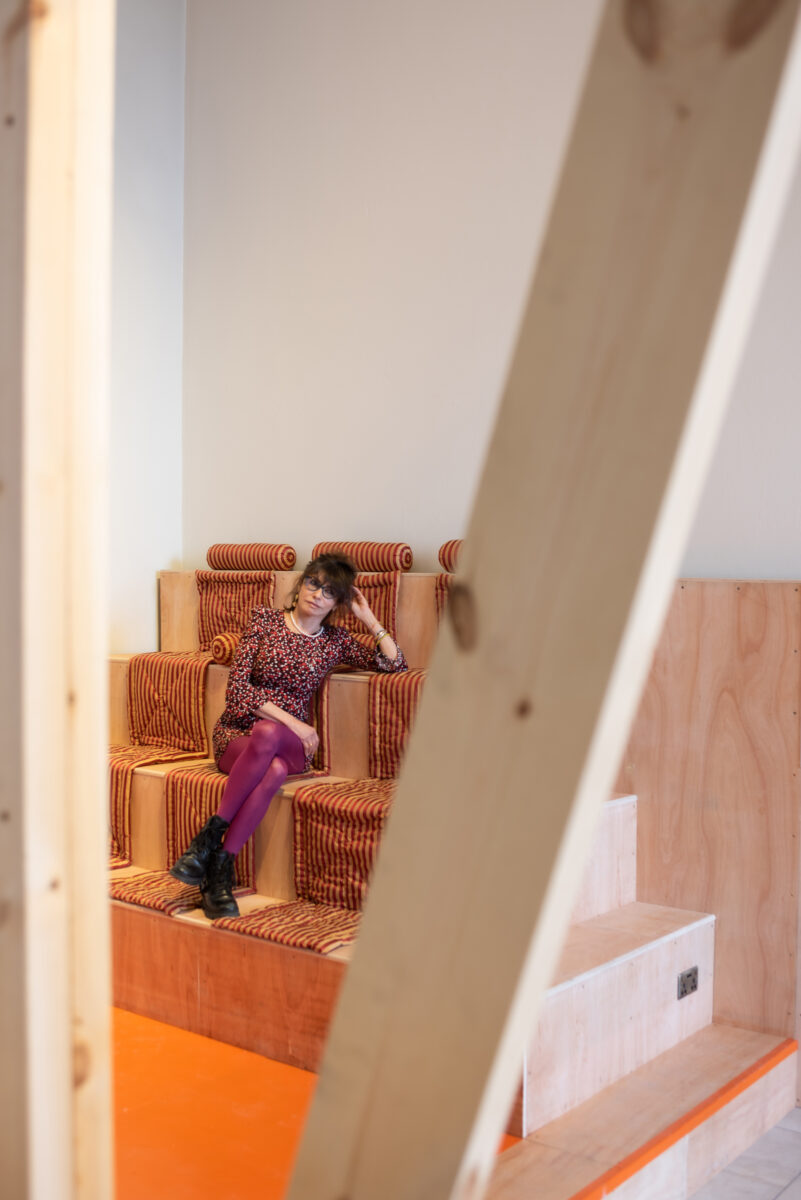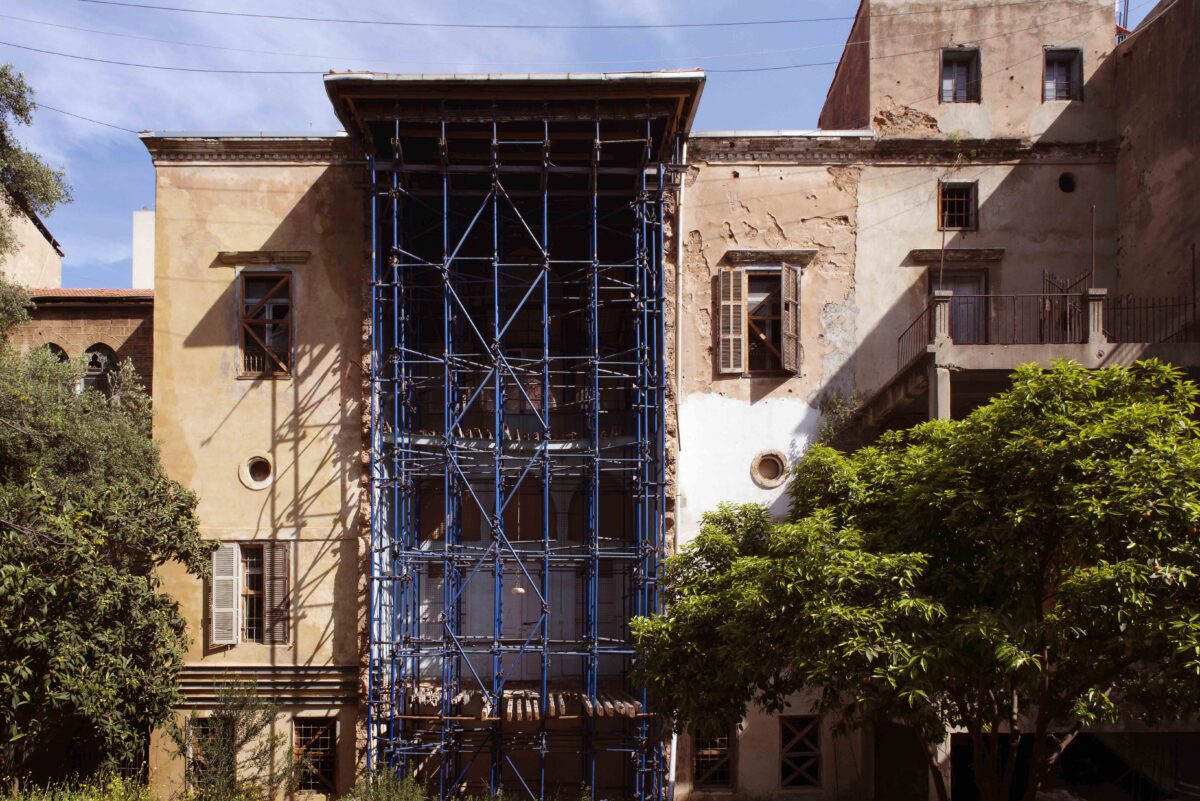The leading French-Lebanese architect and her award-winning studio AKK explore the catastrophic effects of the 2020 Beirut explosion for a new large-scale installation at the Victoria and Albert Museum
 Photography by Ed Reeve
Photography by Ed Reeve
Words by Joe Lloyd
On 4 August 2020, a colossal explosion blasted through the centre of Beirut, caused by the accidental denotation of 2,750 tonnes of ammonium nitrate. At least 218 people died, over 7,000 were injured and 300,000 more were displaced. In a country already undergoing a financial crisis, it was a locus for despair.
A city once renowned as a prosperous, safe haven in a tumultuous region was suddenly revealed to be very unstable indeed. Beirut’s rich architecture, which stretches from ancient Phoenician to the contemporary via arabesque Ottoman and French imperial phases, was another victim. Hundreds of historic structures were damaged, some beyond repair.
French-Lebanese architect Annabel Karim Kassar, who has led the acclaimed practice AKK since 1994, has long sought to protect Beirut’s extraordinary historic architecture. Her career has encompassed both new buildings and conservation projects, including the reconstruction of the city’s traditional marketplace.
 Photography by Mark O’Flaherty featuring Annabel Karim Kassar at the V&A
Photography by Mark O’Flaherty featuring Annabel Karim Kassar at the V&A
A few years ago she purchased Bayt K, a rare 19th century Ottoman house in the Gemmayzeh district, with the intention to live in it. The house was reaching completion when the blast ravaged the neighbourhood, causing severe damage. Karim Kassar’s intention has turned to preserving what remains.
Karim Kassar’s new installation at the V&A, The Lebanese House: saving a home; saving a city, takes the story of Bayt K as a microcosm of Beirut’s plight. The installation was opened to coincide with the London Festival of Architecture. It centres around a life-size reconstruction of the building’s five-metre-tall facade, which features a characteristic trio of arched windows.
These are supported by wooden beams, referencing the process of reconstruction. Inside, there are tiles salvaged from the building, a ceiling featuring a digitally-printed replica of the original, and photographs taken by Karim Kassar line the wall.
 Photography by Colombe Clier
Photography by Colombe Clier
The installation also contain s a reinterpretation of the Liwan, a salon inserted within the entrance hall of a Lebanese house. A bed-like seating unit of elaborately mattered mattresses encourages visitors to linger and meditate. There is a case with fragments of Bayt K’s original tiled ceiling, a chilling reminder of the damage. The exhibition is accompanied by a digital platform detailing the elements of Lebanese architecture, and a series films that explore the emotional impact of the calamity.
The exhibition, Karim Kasser says, ‘seeks to express important lessons in urban restoration and renovation that can be applied elsewhere; that local and international communities need to be mobilised and involved directly, to protect their common urban heritage. And that restoration is not about recreating a synthetic history but about finding a new, living purpose for traditional buildings.’ After a disaster, The Lebanese House restarts this process.
Get a curated collection of design and architecture news in your inbox by signing up to our ICON Weekly newsletter



















